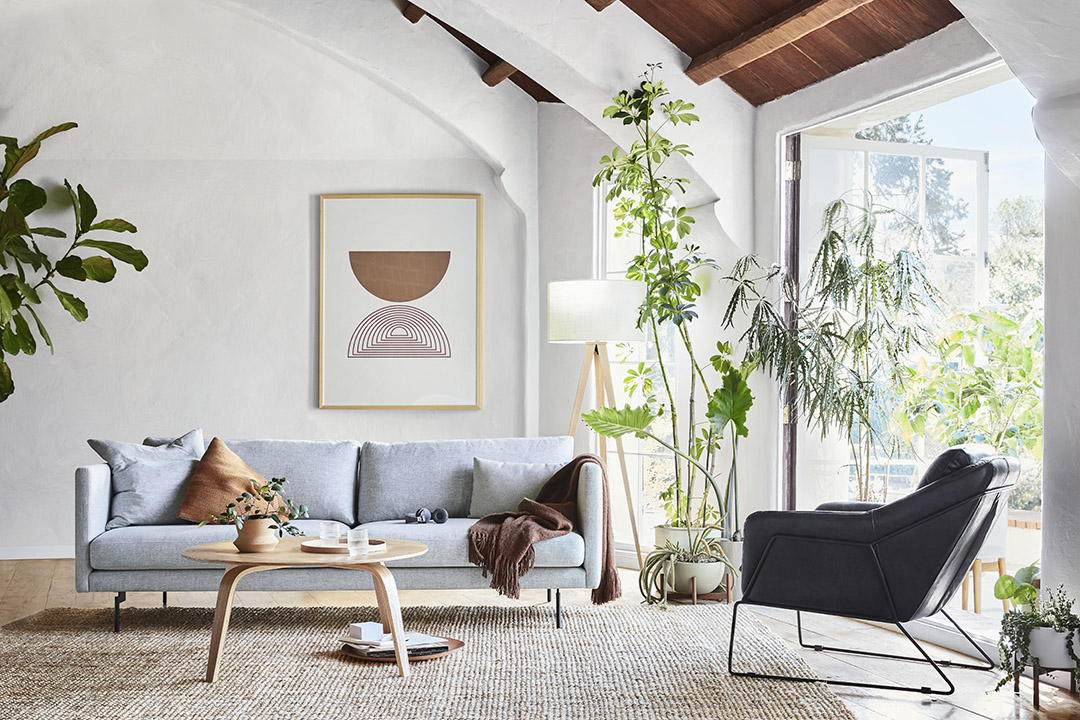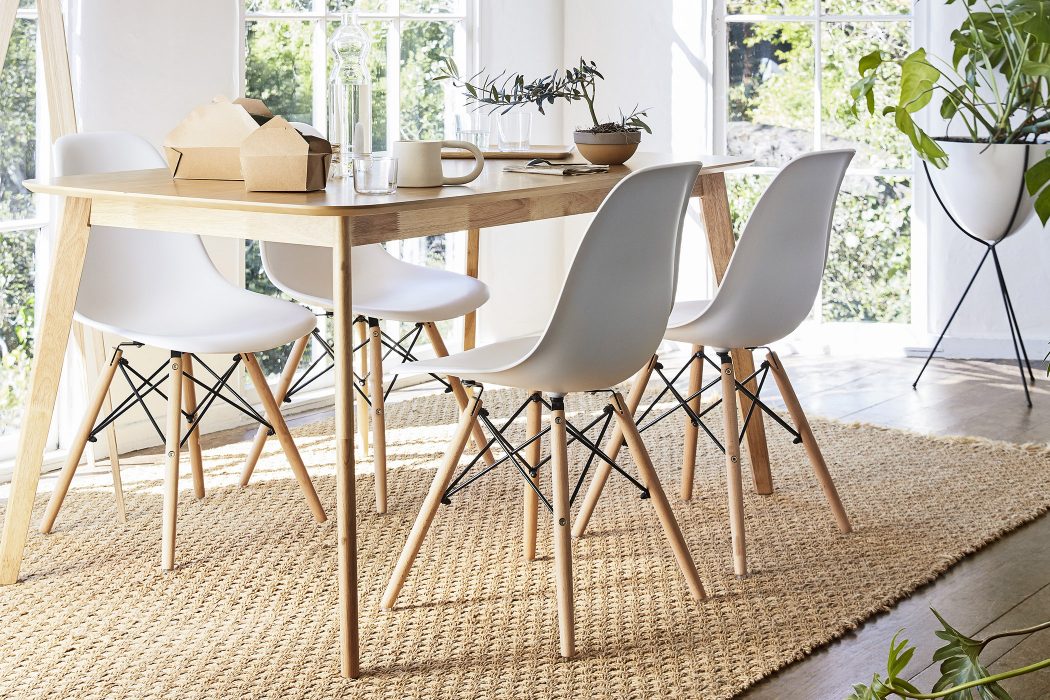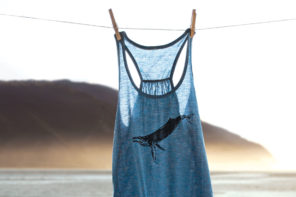Feather founder Jay Reno talks with us about putting the chic in more sustainable furniture
If you’ve ever had a bookcase splinter apart when you tried to move it to your new apartment or kicked an armoire to the curb with a sign taped to it that says “Free” rather than move it, you’ve experienced the slow anguish of “fast furniture.” And there’s nothing quite as painful as the moment you finish building a desk or a dresser…only to look down and discover three important-looking screws you somehow managed to overlook, or nearing the home stretch on a flat-pack furniture project just to realize it’s missing a shelf/bracket/fill-in-the-umlauted-blank.
19.6 billion lbs of furniture end up in landfills each year.
Worse still, it’s a bit of a bummer to think about fast furniture from a sustainability perspective. In today’s gotta-have-it culture where instant gratification reigns supreme, we expect to get something right away and don’t think about where it goes later. Where it came from or where it ends up may not be top of mind. Something we didn’t know that our new friend Jay told us: 19.6 billion lbs of furniture end up in landfills each year. Billions with a B. That’s a whole lot of lacquer and particle board. Insane.
Feather is a company that’s trying to reduce furniture waste without compromising on looks—for furniture somewhere between “Eh, that’ll do the job for a year or so” to forever furniture. The idea behind their company is pretty great. A subscription to stylish stuff. You choose your plan, they deliver and assemble (whättt?) all the furniture in less than a week. From there, you can choose whether to swap it out, buy it, or return it. It’s an easy way to get furniture you’ll love, and in the process help cut down on waste.
So we sat down on some tastefully designed chairs in our socially distant abodes and settled in for a nice Zoom to chat with their CEO and Founder, Jay Reno. In honor of Earth Day and not dumping literally billions of lbs of furniture in the thing the day is named for, we talked about Feather’s origins, how furniture can be incorporated into our homes in a more sustainable way, and his vision for the future.

Jay
What was the inspiration to start Feather?
Jay: I’ve had 7 different apartments since I moved to New York 9 years ago. And every time I moved, there was always this question of what to do with the stuff that didn’t physically or stylistically fit the layout of my next space. Throw it away? Resell it for a fraction of what I originally paid? Buy more single-use furniture to replace it?
I personally didn’t like those options from the user experience standpoint. And since I also got my Master’s in Climate & Environmental Science, I began to investigate the negative impact this cycle has on the planet. I started Feather because I wanted to make it super easy for people to move into a new place and get set up with beautiful furniture. But I also wanted to create a more responsible solution to the furniture problem in this country. By giving members the option to buy out items they love or return everything to Feather where it gets refurbished and redeployed, we’re creating a pattern of responsible reuse.
How does the model for Feather fit the changing ways that we live now?
Jay: City dwellers are moving more than ever (on average, millennials move 12 times before they purchase a home.) Feather is the flexible furniture revolution they’ve been waiting for—it’s the easiest, most stress-free way to go from an empty apartment to a fully furnished home without committing or spending a ton of time and money upfront. It’s also the best option for thoughtful consumers who want an alternative to fast furniture.
How is Feather specifically addressing the issues of waste in the furniture industry?
Jay: We created Feather to counteract the vicious cycle of “fast furniture,” the practice of churning out cheaply made products created from unsustainable materials and designed for one-time use. Feather offers a responsible way to transform any space into a home no matter how long you plan on staying. Our circular approach gives furniture a new life, and reduces the impact of furniture waste on the environment by keeping our products in homes and out of landfills. We’re also interested in developing connections with other organizations that share our values, as we did recently with Pachama. This partnership allows Feather to aid reforestation and sustainable timber harvesting projects in the Guanaré Forest in Uruguay, an area that produces the FSC certified woods that you’ll find in many of our products.

How would you describe Feather’s style?
Jay: Feather furniture is designed for city living, so we try to offer items that are durable and versatile. Our furniture is really influenced by Scandinavian design, we believe that simple and streamlined items provide a clean foundation at home that allows people to layer on personal elements and make it their own and express their own style.
What kind of furniture did you have in your first apartment out of college?
Jay: My first place in Brooklyn was all fast furniture. I bought everything that was in my one-bedroom apartment from the last tenant. At the time, it was the easiest and cheapest option for me—plus, way less stressful than actually going shopping and lugging stuff back to build by myself.
Ugliest piece of furniture you’ve ever owned?
Jay: When I first moved to Brooklyn, my roommates and I had a really cheap futon with no cushions and a slat missing. It was not only ugly, it was completely dysfunctional and tragic.
Ever had an experience where a beloved piece of furniture just didn’t fit in the place you were moving to? What was it?
Jay: One of the worst move-in experiences of my life happened because of a couch that I tried to bring from my last apartment to the new place. On the morning of the move, we were carrying it up a narrow staircase only to realize once we got to the hallway that it physically wouldn’t fit through the angle of the doorway. We ended up having to call one of those couch surgeons, who sawed the couch in half and reassembled it inside the apartment. A super frustrating, stressful, and expensive experience that actually inspired me to start thinking about furniture rental as a possible business model in the first place.










